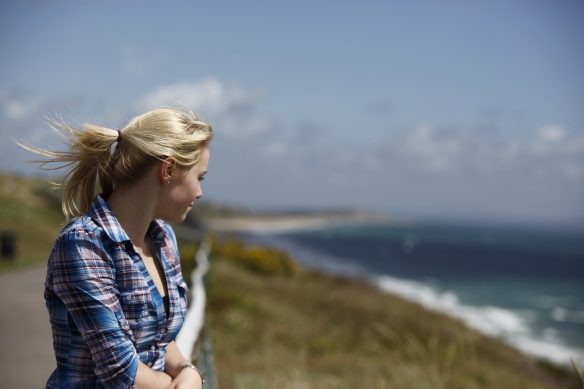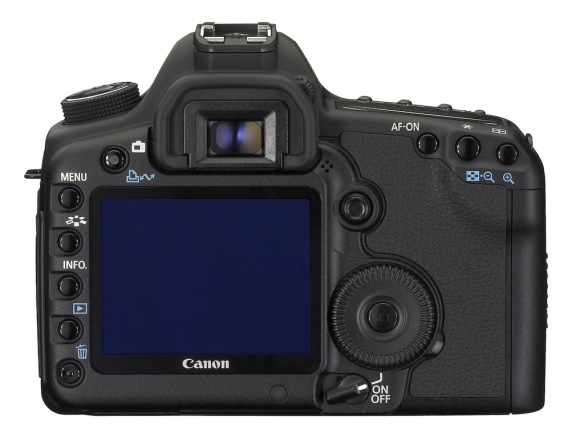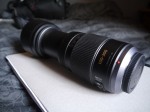Price and availability
Yongnuo are essentially a cheap and cheerful accessory maker for camera gear. From what I know, they are a Chinese brand, but the items are bought in by eBay sellers, therefore making them available in the UK. They have started to become more well known since the strobist market grew, and are now an acceptable budget option for those looking to get in to off-camera flash.
There are a number of different flashes available from Yongnuo, with the 460-II being one of the newer, but cheaper versions. They do have TTL flashguns, and others with more functionality. However, the 460-II is completely manual.
I paid around £35 for mine so they should be available for around that. Now this is fairly cheap for a flashgun, meaning there wasn’t much loss if this flash turned out to be a waste of time.
Packaging
Now depending on who you order from the delivery time may differ. However, I received mine very quickly. The flash comes in a small Nikon-like box, containing the flash itself, a soft carrying pouch and a small stand. It is all packaged surprisingly well, so there were no concerns of any damage in transit.
Build quality
Upon first inspection, the build quality of the 460-II was surprisingly good. I gave it a thorough inspection, twisting and turning the head quite a lot to see how it got on. The only thing that could be called a little flimsy is the battery cover. However, considering how little this part of the unit will be used, I was very pleased with the overall quality of such a cheap flash.
Functions
Being a simple flash, with no TTL functionality, the 460-II can only be used in manual mode. The rear of the flash shows the three functions available, manual and two slave modes. There is also a row of LEDs that denote the power that the flash is set to, which is adjustable via the +/- button. Along with an on/off button and a pilot light, this makes up the entire rear of the flash unit. Switching between functions is obviously very simple, and i’ve found the basic layout to help when you want to simply adjust the power, especially when compared to some of the more complicated flashguns out there.
The head of the 460-II can be turned a full 180 degrees to face backwards, as well as point directly upwards. This is great for bouncing the flash and directing it through a light diffuser. The movement is smooth, and i have no worries that it is going to suddenly fall apart while doing this.
A couple of great little features that the 460-II has is the built-in bounce card and wide angle diffuser. A couple of things you’d expect on an expensive flash, but a welcome bonus on something so cheap.
It’s important to mention that the 460-II secures itself to your hotshot with a screw fitting, meaning tightening and loosening the unit is fairly easy, but over tightening can sometimes be an issue.
In-use
So far i’ve had no real issues bar one (see below). The unit is slightly smaller than other flashguns i’ve used, which is a bonus for traveling, but the power is more than enough for me. The recycle times can be an issue with weaker batteries, but i’ve found a freshly charged set give surprisingly good recycle times.
All in all I’m very happy with this flash. It is a very simple unit, and for the price it can’t really be beaten. I actually showed mine to a professional photographer that i know fairly well, and he was so impressed. He used SB900’s whenever he isn’t in the studio, but after seeing the little Yongnuo he noted down the name so he could order some himself.
Issues
I had my first 460-II for a couple of weeks before I had an issue with it. Everything turned on just fine, but it wouldn’t flash. I contacted the seller of the unit and they immediately sent out a replacement. The replacement has worked flawlessly every since.
Now, once I had the replacement I began looking in to why the first one died. After reading lots about it on various websites, I decided to open it up and have a look. Now it turned out to be nothing that I had read about, and was simply a loose wire. I reattached the wire and secured it with some electrical tape. This original flash has now been working perfectly ever since. I definitely wouldn’t have opened up a £300 Nikon/Canon flash, but with a £35 flash i had no problems doing this.





























